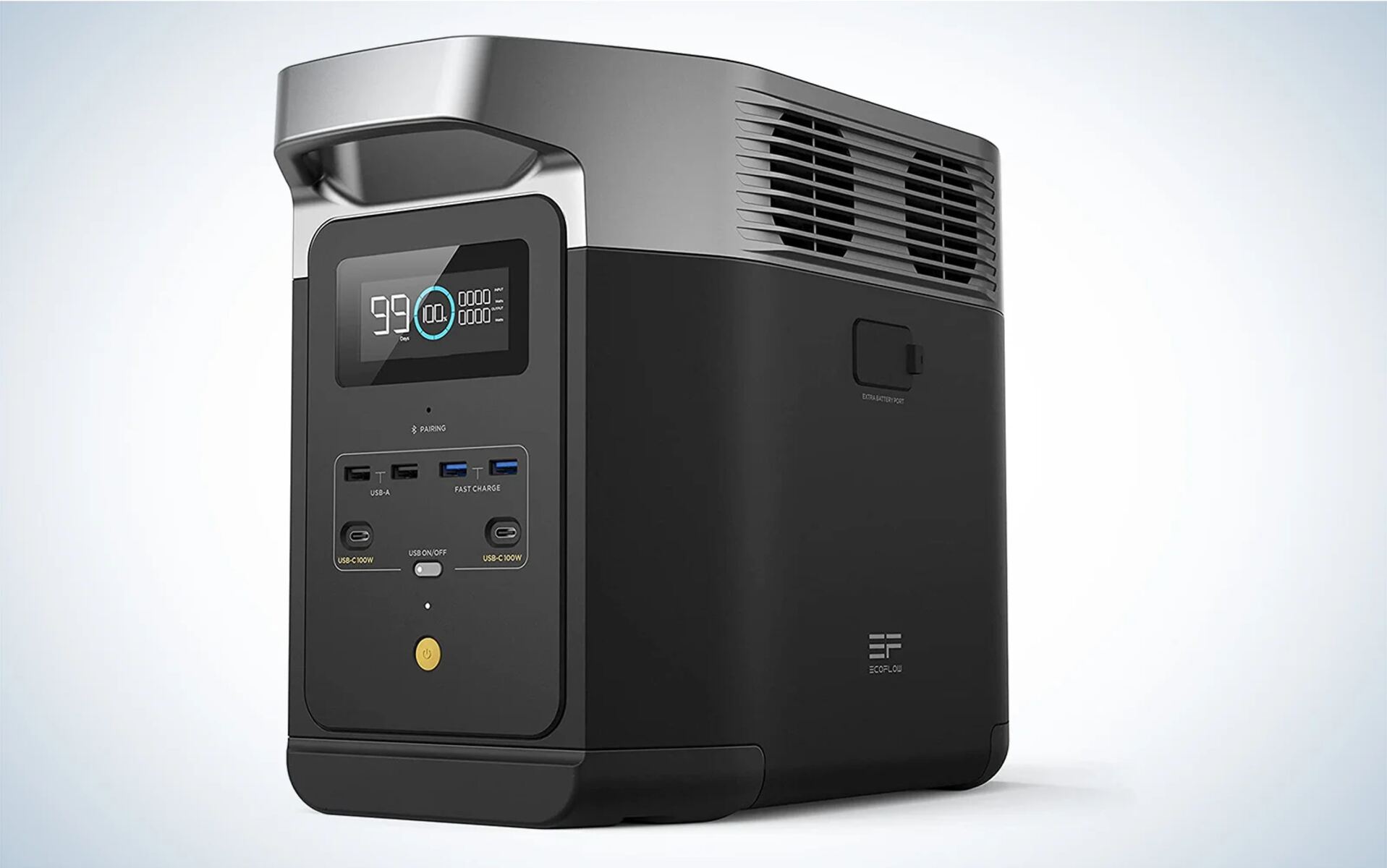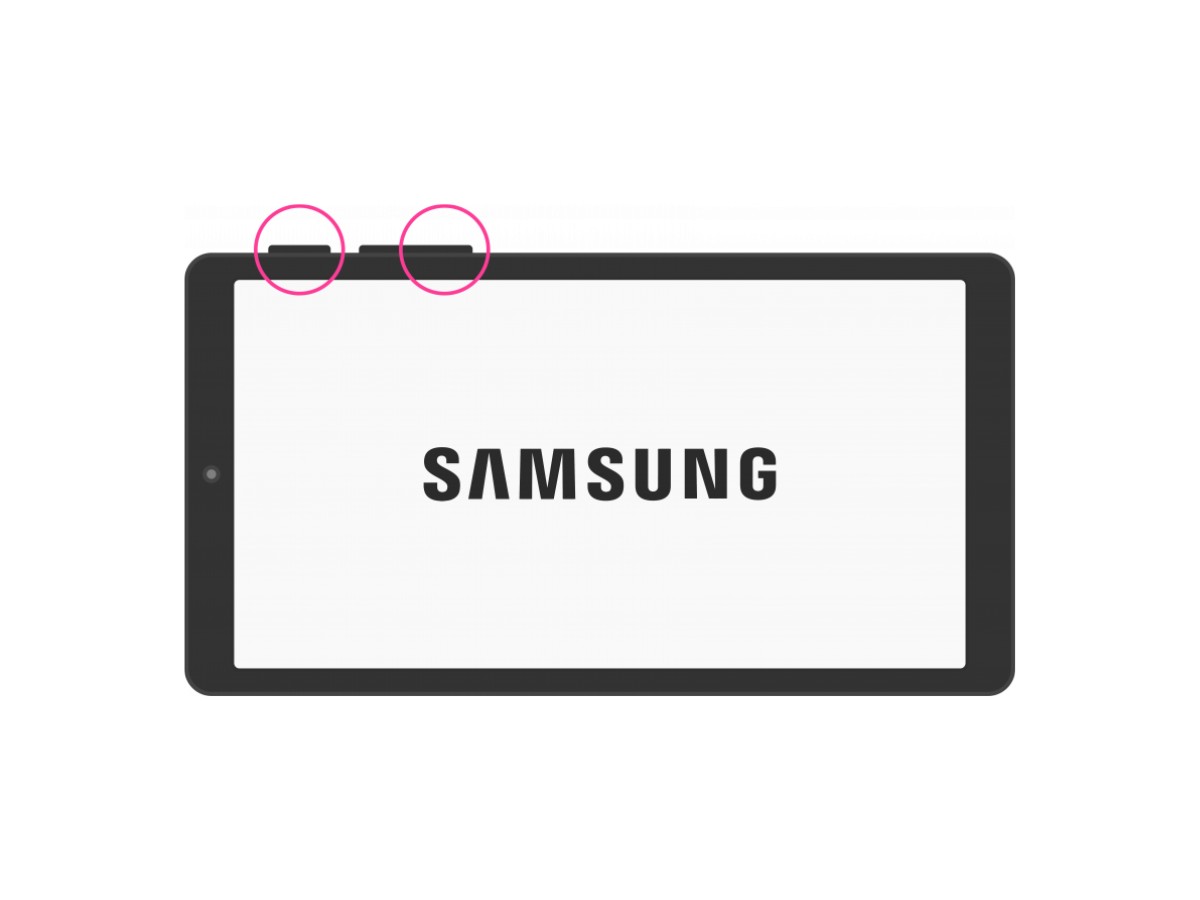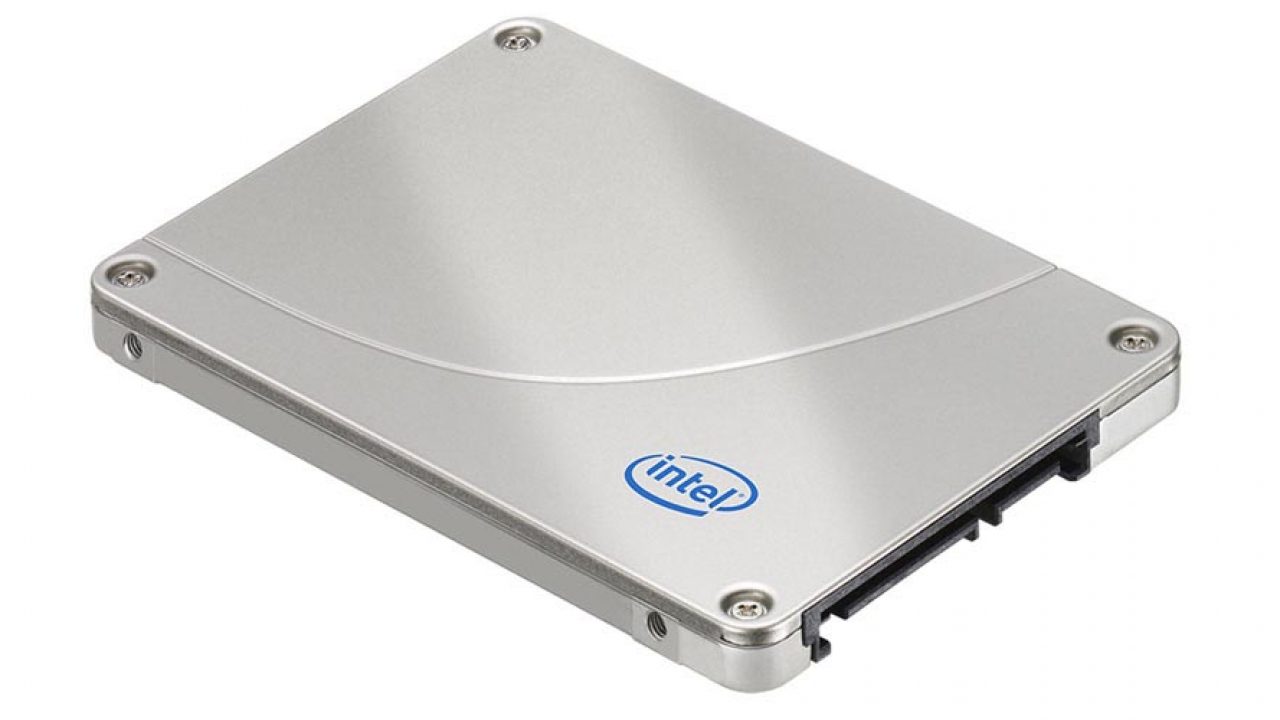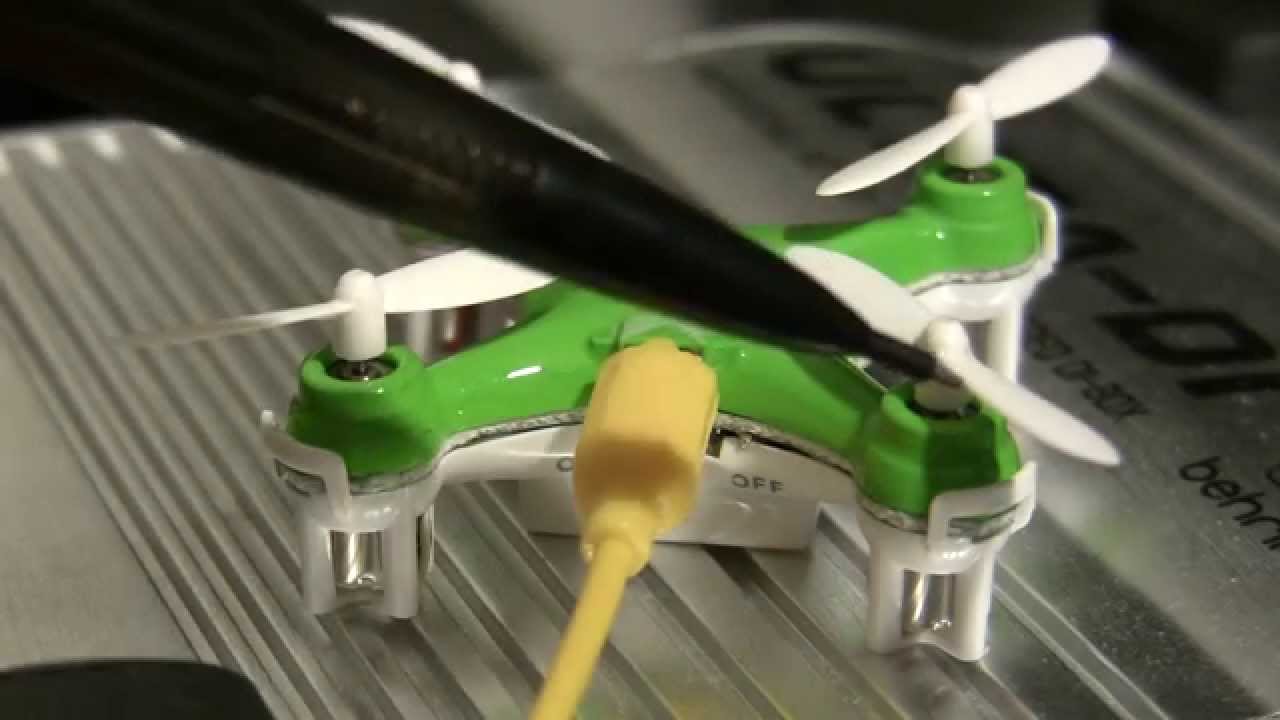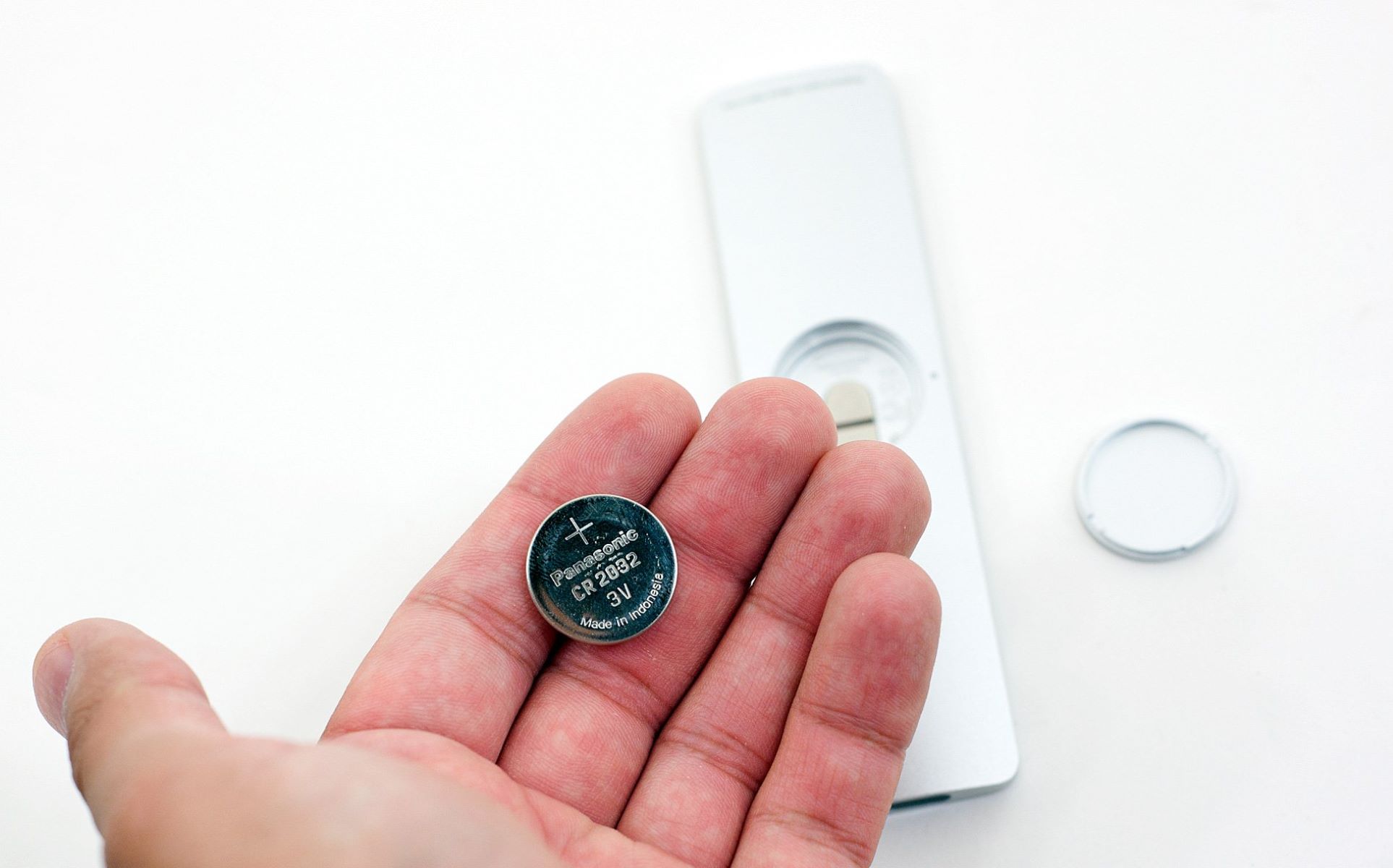Introduction
Welcome to the world of Uninterruptible Power Supply (UPS) systems! These devices play a critical role in ensuring that your electronic devices and equipment receive a continuous and stable power supply, even during power outages.
However, you may have encountered a frustrating situation where your UPS battery refuses to recharge. You’ve tried everything you could think of, but the battery just won’t regain its full capacity. Don’t worry; you’re not alone in facing this issue.
There could be several reasons why your UPS battery is not recharging, ranging from age and overloading to battery faults and environmental factors. In this article, we will explore these potential causes and provide you with insights on how to troubleshoot and resolve the issue.
Understanding the reasons behind your UPS battery’s failure to recharge is essential for finding the most effective solution. So, let’s dive into the possible factors that may affect the rechargeability of your UPS battery and discover how to overcome them.
Battery Age
One of the primary factors that can impact the rechargeability of your UPS battery is its age. Like all batteries, UPS batteries have a limited lifespan and will eventually degrade over time.
Over the course of its life, a battery will go through numerous charge and discharge cycles. As it ages, its ability to hold a charge diminishes, resulting in decreased rechargeability. This means that even if you connect your UPS to a power source, the battery may not fully recharge, or it may lose its charge quickly.
The lifespan of a UPS battery can vary depending on several factors, including its quality, usage, and environmental conditions. Generally, UPS batteries have a lifespan of around three to five years. However, this can be shorter if the battery is subjected to excessive heat or if it is frequently discharged and recharged.
If your UPS battery is nearing the end of its lifespan, it may be time to consider replacing it. Investing in a new battery will ensure reliable performance and restore the full rechargeability of your UPS system. Be sure to consult your UPS manufacturer or a trusted technician to determine the compatible battery model and replacement procedure.
To extend the lifespan of your UPS battery, it’s important to follow good maintenance practices. This includes keeping the battery in a cool and well-ventilated area, avoiding overloading the UPS, and periodic battery testing to ensure optimal performance.
Remember, even a well-maintained UPS battery will eventually reach the end of its life. So, if your UPS battery is several years old and is no longer recharging to full capacity, it’s a clear indication that its age is impacting its rechargeability.
Overloading
Another common reason for a UPS battery not recharging is overloading. UPS systems are designed to handle a specific amount of power load, and exceeding that limit can strain the battery and prevent it from recharging properly.
When the power demand exceeds the UPS capacity, the system goes into overload mode. In this state, the UPS relies on the battery to provide power to the connected devices. If the overload condition persists for a prolonged period or if it occurs frequently, it can lead to battery drain and hinder the recharging process.
Overloading can happen due to various reasons, such as connecting power-hungry devices or equipment that exceed the UPS’s power rating. Additionally, having too many devices plugged into the UPS can also lead to overloading, as the cumulative power draw may surpass the UPS’s capacity.
To resolve the overloading issue, you should identify and remove any unnecessary or power-hungry devices from the UPS. Evaluate the power requirements of the connected devices and ensure they do not exceed the UPS’s capacity.
If you need to power more devices than your current UPS can handle, consider upgrading to a higher capacity UPS. This will provide you with a larger power reserve and ensure that your battery has enough capacity to recharge properly.
Remember, overloading not only impacts the rechargeability of your UPS battery but can also lead to potential system failures and damage. It’s important to use the UPS within its specified limits to maintain its overall effectiveness and longevity.
Battery Faults
When it comes to UPS systems, battery faults can significantly impact their rechargeability. Various issues with the battery itself can prevent it from recharging properly, leading to frustration and potential downtime.
One possible battery fault is a defective or faulty battery. If the battery is damaged or has internal issues, it may not accept a charge or hold a charge efficiently. This can result in a constant state of discharge, even when connected to a power source.
Another common battery fault is sulfation. Sulfation occurs when lead-acid batteries, which are commonly used in UPS systems, are not fully charged or discharged frequently. This leads to the build-up of sulfate crystals on the battery plates, reducing the battery’s ability to hold a charge. As a result, the battery may not recharge fully or may lose its charge quickly after being disconnected from the power source.
Battery faults can also arise from inadequate maintenance. Failure to regularly inspect and clean the battery terminals can lead to a poor connection with the UPS, resulting in charging issues. Additionally, neglecting to perform regular battery testing and maintenance can lead to undetected faults that hinder the rechargeability of the battery.
If you suspect a battery fault, the first step is to check for any visible signs of damage, such as bulging or leaking. In such cases, it is important to replace the battery immediately to prevent further damage to your UPS system.
To address sulfation, you can try using a desulfation charger or conditioner specifically designed to break down sulfate crystals and restore the battery’s performance. Following the manufacturer’s instructions and guidelines is crucial in ensuring the effectiveness of such treatments.
Regular battery maintenance is essential to prevent and detect faults. Cleaning the battery terminals, performing periodic capacity tests, and ensuring proper ventilation around the battery can go a long way in maintaining its rechargeability and overall health.
Remember, battery faults can significantly impact the rechargeability of your UPS battery. Identifying and addressing these faults promptly will help ensure that your UPS system performs optimally and reliably.
Environmental Factors
When it comes to the rechargeability of UPS batteries, environmental factors can play a crucial role. Extreme temperatures, humidity levels, and other external conditions can affect the battery’s performance and its ability to recharge efficiently.
High temperatures can be particularly detrimental to UPS batteries. Exposing the battery to excessive heat can accelerate its degradation and reduce its overall lifespan. Heat causes increased chemical reactions within the battery, leading to faster self-discharge and decreased capacity. As a result, the battery may struggle to recharge fully or maintain a stable charge.
On the other hand, extremely low temperatures can also impact battery performance. Cold temperatures can increase the internal resistance of the battery, making it harder for it to accept a charge. This can result in prolonged charging times or incomplete recharging.
In addition to temperature, humidity levels can also affect battery rechargeability. High humidity can lead to moisture buildup, which can cause corrosion and damage to the battery terminals. This can result in poor electrical connections, hindering the charging process.
Other environmental factors, such as dust, dirt, and exposure to sunlight, can also impact the rechargeability of UPS batteries. It is important to keep the battery and the surrounding area clean, as dirt and debris can lead to poor electrical connections and hinder the charging process.
To mitigate the impact of environmental factors, it is recommended to store your UPS system in a cool, dry, and well-ventilated area. Keeping the battery away from direct sunlight and maintaining a stable temperature within the specified range will help preserve its performance.
If you reside in an area with extreme temperature variations, consider using temperature-controlled enclosures or cabinets to protect your UPS system. These enclosures regulate the temperature and humidity, providing an optimal environment for the battery to function efficiently.
Being mindful of the environmental conditions surrounding your UPS system and taking appropriate measures to mitigate their impact will help maintain the rechargeability and longevity of the battery.
Charging Method
The charging method used for your UPS battery can have a significant impact on its rechargeability. Different charging methods can vary in efficiency and effectiveness, affecting how well the battery regains its full capacity.
One common charging method used for UPS batteries is the constant voltage charging method. This method involves supplying a constant voltage to the battery while gradually reducing the charging current as the battery approaches full capacity. Constant voltage charging is the most commonly used method for lead-acid batteries, as it helps prevent overcharging and allows for a controlled recharge.
Another charging method is the smart charging method, which utilizes advanced charging algorithms and technologies to optimize the recharge process. Smart chargers monitor the battery’s state and adjust the charging parameters accordingly. This method ensures efficient charging, prevents overcharging or undercharging, and helps maintain the battery’s performance and lifespan.
It is important to note that not all UPS systems are equipped with smart charging capabilities. If your UPS uses a basic charging method, such as constant voltage charging, you might need to monitor the battery’s recharge process manually. Pay attention to the battery’s voltage and charging time to ensure it reaches its full capacity without overcharging.
Additionally, it is crucial to use the correct charging voltage and current for your specific battery type. Improper charging parameters can lead to undercharging or overcharging, both of which can hinder the rechargeability and overall health of the battery.
If you suspect that the charging method or parameters are not optimal for your UPS battery, consult the manufacturer’s guidelines or seek advice from a qualified technician. They can provide you with the necessary information and recommendations to ensure proper charging and maximize the battery’s rechargeability.
Remember, the charging method plays a key role in how well your UPS battery recharges. Using the appropriate charging method and ensuring optimal charging parameters will help maintain the battery’s capacity and extend its lifespan.
Power Outages
Ironically, power outages themselves can impact the rechargeability of UPS batteries. When a power outage occurs, the UPS battery kicks in to provide a continuous power supply to the connected devices. During this time, the battery discharges as it powers the load.
Once the power is restored, the UPS battery should start recharging automatically. However, there are a few factors related to power outages that can hinder the recharge process.
One such factor is the duration of the power outage. If the outage is prolonged, the battery may not have enough time to fully recharge before another outage occurs. This can lead to an incomplete recharge and a gradual loss of battery capacity over time.
Frequent and repetitive power outages can also impact the rechargeability of UPS batteries. Constant discharging and recharging can cause battery fatigue and reduce its overall lifespan. The battery may lose its ability to hold a charge efficiently, resulting in decreased rechargeability.
In addition, power surges and voltage fluctuations during power outages can also affect the battery’s rechargeability. These sudden changes in voltage can stress the battery and result in internal damage or an uneven charge distribution across the battery cells.
To mitigate the impact of power outages on UPS battery rechargeability, it is important to consider the following measures:
1. Invest in a UPS system with sufficient battery capacity to handle the expected duration of power outages in your area. This will give the battery ample time to recharge fully before the next outage occurs.
2. Install surge protectors and voltage regulators to safeguard your UPS system from power surges and fluctuations during outages.
3. Minimize unnecessary power usage during power outages to extend the battery’s runtime and allow for a more complete recharge once power is restored.
4. Consider implementing an uninterruptible power source (UPS) with a generator backup for extended power outages. This ensures a continuous power supply and allows the UPS battery to recharge properly.
Power outages are inevitable, but their impact on UPS battery rechargeability can be mitigated. By taking proactive measures and investing in the right equipment, you can ensure that your UPS system remains effective and reliable, even during power interruptions.
Lack of Maintenance
Proper maintenance is essential for the optimal performance and rechargeability of UPS batteries. Unfortunately, a lack of maintenance can significantly impact the battery’s ability to recharge efficiently, leading to subpar performance and reduced overall lifespan.
One aspect of maintenance is regular inspection and cleaning of the battery terminals. Over time, dirt, dust, and corrosion can accumulate on the terminals, affecting the electrical connection between the battery and the UPS system. This poor connection can hinder the recharging process and result in incomplete or inefficient charging.
Another crucial maintenance task is capacity testing. Periodically testing the battery’s capacity helps identify any decline in performance or signs of degradation. If the capacity of the battery has significantly diminished, it may struggle to recharge fully, leading to decreased rechargeability.
In addition, checking the battery’s voltage is important. If the battery voltage is consistently below the recommended level, it may indicate a problem with the battery that needs to be addressed. An undercharged battery will have limited rechargeability, as it may not accept a full charge or hold it for an extended period.
Regular maintenance also includes ensuring proper ventilation around the battery. Heat is a significant factor that can negatively impact the rechargeability and overall health of the battery. Adequate airflow and ventilation help dissipate heat, preventing excessive temperature build-up that can lead to premature battery degradation.
Failure to perform regular maintenance tasks and neglecting the battery’s upkeep can result in undetected issues that hinder rechargeability. By implementing a maintenance schedule and following the manufacturer’s recommended guidelines, you can address potential problems early on and ensure optimal rechargeability.
Furthermore, it is important to note that maintenance requirements may vary depending on the type of battery installed in your UPS system. Be sure to consult the battery manufacturer’s instructions or seek professional guidance to determine the specific maintenance needs and best practices for your UPS battery.
Remember, neglecting maintenance tasks can lead to decreased rechargeability and overall performance of your UPS battery. Regular inspection, cleaning, testing, and ensuring proper ventilation will help maintain the battery’s health and ensure optimal rechargeability for years to come.
Conclusion
When faced with the frustrating issue of a UPS battery that won’t recharge, it’s important to consider various factors that could be contributing to the problem. Age, overloading, battery faults, environmental conditions, charging method, power outages, and lack of maintenance can all impact the rechargeability of your UPS battery.
Understanding these factors and their potential effects is crucial for troubleshooting and resolving the issue. By identifying the underlying cause, you can take appropriate steps to address the problem and restore the full rechargeability of your UPS battery.
If your UPS battery is nearing the end of its life, it may be time to consider replacing it. Investing in a new battery will ensure reliable performance and restore the full recharge capacity of your UPS system.
It’s important to avoid overloading your UPS and ensure that you are using the correct charging method and parameters. Monitoring and maintaining the battery to prevent faults, and protecting it from extreme environmental conditions, are also vital for preserving the rechargeability and overall health of the battery.
Lastly, proper maintenance, including regular inspection, cleaning, testing, and ventilation, plays a significant role in maximizing the rechargeability and lifespan of your UPS battery.
By understanding these factors and following the appropriate guidelines, you can overcome the challenge of a UPS battery that won’t recharge and ensure that your UPS system continues to provide reliable power backup when needed.







